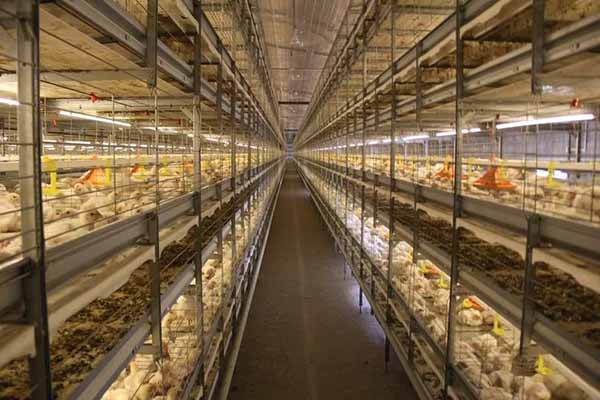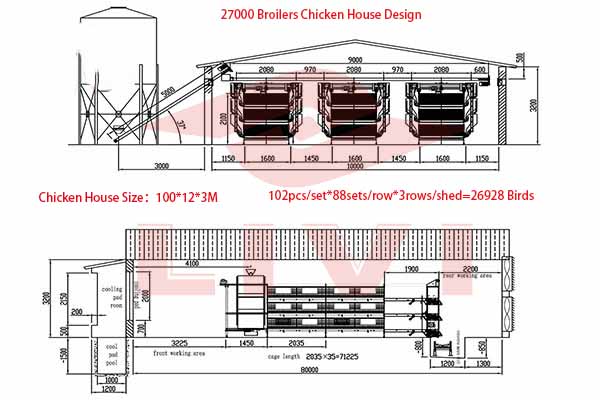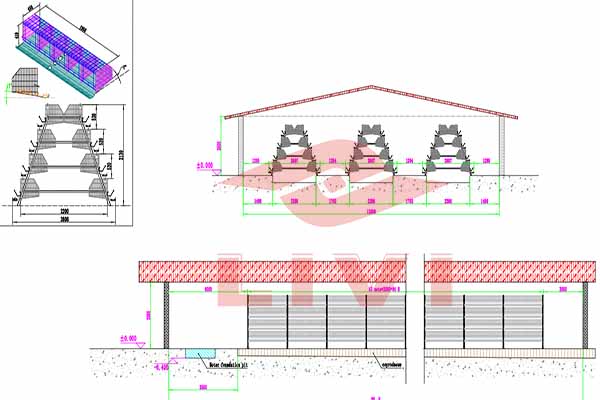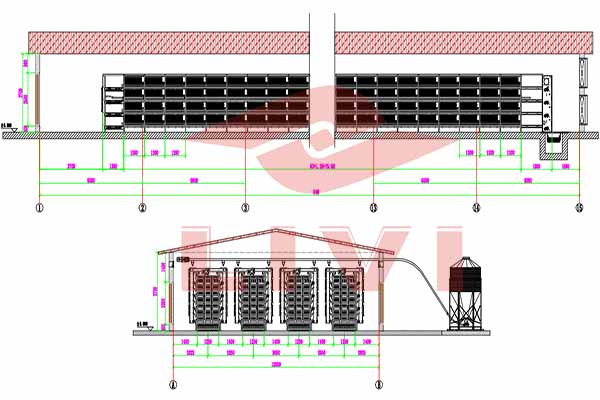Optimizing Chicken Cage Dimensions for Maximum Space in Poultry Farming
Understanding the Importance of Proper Chicken Cage Dimensions
In the poultry farming industry, maximizing space in chicken cages is crucial for the health and productivity of the flock. The right chicken cage dimensions not only ensure the comfort of the chickens but also enhance the overall efficiency of the farm. This article delves into the key factors to consider when determining the ideal chicken cage dimensions.
Chicken Cage Dimensions: The Basics
The standard dimensions for a chicken cage typically range from 2 feet by 2 feet to 3 feet by 3 feet. However, these dimensions may vary depending on the breed and size of the chickens. It’s essential to choose the appropriate size to provide enough space for the birds to move around and engage in natural behaviors without causing overcrowding.
Considerations for Maximum Space Utilization
To maximize space within chicken cages, here are some key factors to consider:
– Cage Width: A wider cage allows chickens to move around more freely, which can reduce stress and improve overall health. Aim for a minimum width of 3 feet.
– Cage Length: The length of the cage should be sufficient to accommodate the number of chickens without overcrowding. A length of 3 to 4 feet is often recommended.
– Cage Height: A minimum height of 3 feet provides enough space for the chickens to stand, sit, and stretch their wings.
– Ventilation: Proper ventilation is crucial for maintaining a healthy environment. Ensure that the cage has adequate ventilation to prevent heat buildup and ammonia gases.
– Equipment Placement: Consider the placement of equipment such as feeders and waterers. These should be strategically located to maximize space while ensuring easy access for the chickens.
Table: Recommended Chicken Cage Dimensions
| Breed/Size | Cage Width (feet) | Cage Length (feet) | Cage Height (feet) |
|————|——————-|——————–|——————–|
| Standard Chicken | 3 | 3-4 | 3 |
| Broiler Chicken | 3 | 3-4 | 3 |
| Large Breed Chicken | 3.5 | 4 | 3.5 |
Automated Chicken Cages: The Future of Poultry Farming
Automated chicken cages are becoming increasingly popular in the poultry farming industry. These cages offer several advantages, including:
– Enhanced Space Utilization: Automated cages can be adjusted to accommodate different bird sizes and numbers, ensuring optimal space utilization.
– Improved Health and Productivity: The controlled environment of automated cages helps reduce disease and improve overall productivity.
– Ease of Maintenance: Automated systems make cleaning and feeding easier, saving time and labor.
Conclusion
Choosing the right chicken cage dimensions is essential for the success of your poultry farm. By considering factors such as cage width, length, height, ventilation, and equipment placement, you can create an environment that promotes the health and productivity of your flock.
For more information on optimizing your poultry farm and finding the perfect chicken cage dimensions, contact LIVI Machinery today. We offer free poultry farming design plans and equipment quotes to help you get started.





